Uncategorized
100MW MOROKIRI WIND FARM PROJECT – CAMBODIA POTENTIAL AND FUTURE
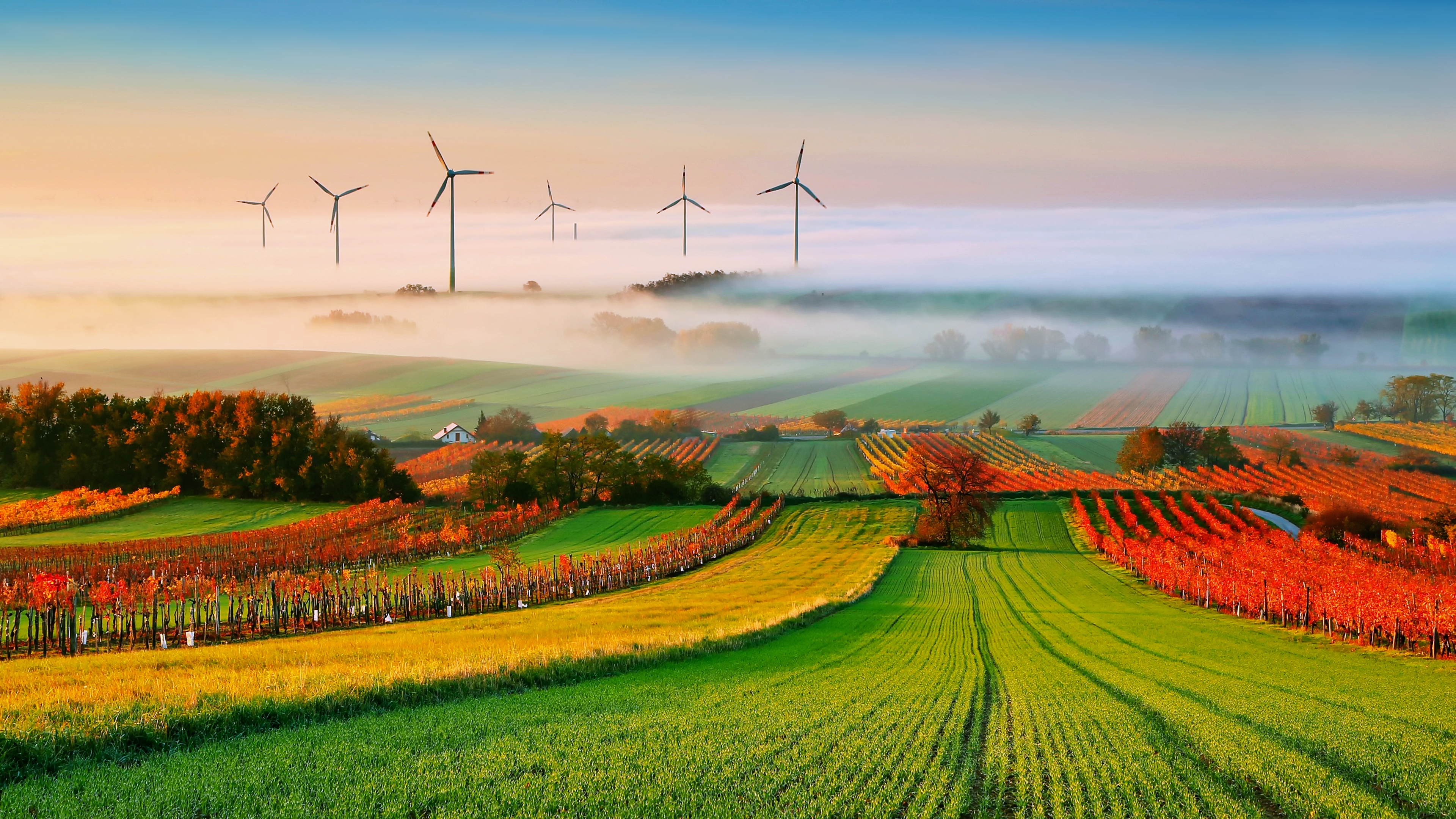
Attaining sustainable development requires catering to people’s fundamental need for energy. Energy and policies to meet energy demand are necessary for this kind of development. When it comes to progress, Cambodia’s energy situation is crucial. Only 35% of the world’s population currently has access to grid electricity, leaving millions of people in rural areas without power. Nearly all of America’s electricity comes from diesel fuel imported from other countries. One of the highest costs of living is the cost of electricity. As a result, Cambodia’s economy is unable to develop and fewer investors are interested in the country. One practical solution is to advocate for alternative energy sources. Cambodia’s reliance on imported fossil fuels can be lowered, climate change mitigation efforts can be bolstered, and more people can gain access to electricity if the country adopts renewable energy sources like solar, hydro, wind, and biomass. Cambodia’s clean energy potential, while large, is largely untapped. Cambodia has the second-highest hydropower potential in the lower Mekong basin, thanks to its abundant waterways. Only 1,030 MW (10.3 percent) out of a potential 10,000 MW have been used so far.
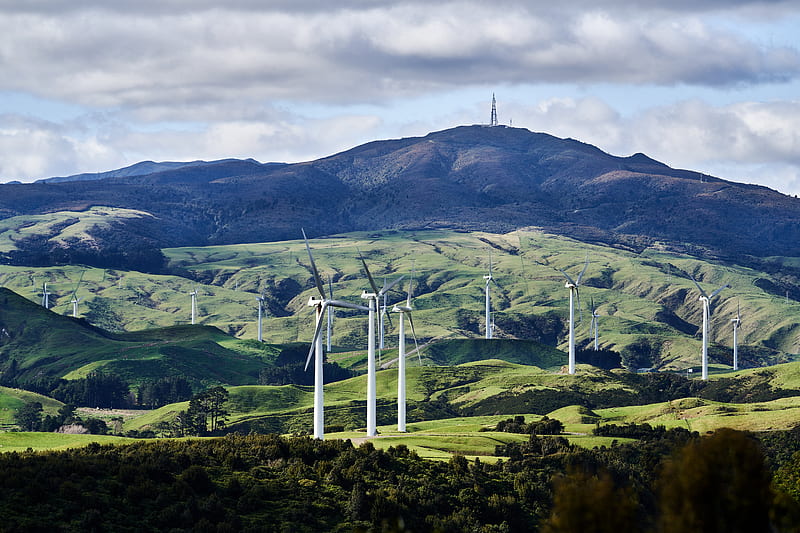
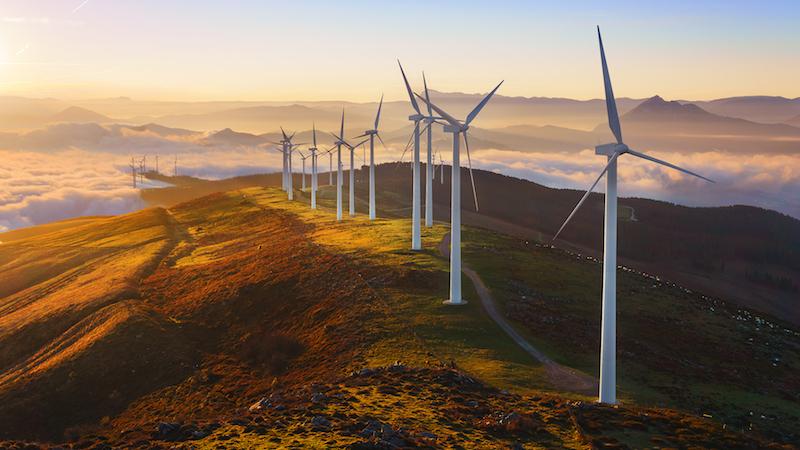

Mini and micro hydropower projects are safer and less harmful to the environment than their large dam counterparts. These smaller dams have a combined capacity of about 300 MW but are currently only 1.87 MW in operation. Cambodia’s climate is ideal for the production of solar energy due to the high number of sunny days per year. There is a technical potential of 65 GWh per year for solar power, but only about 2 MW has been installed so far. As the price of solar technology drops, a new market is opening up in the area. In the present day, over twenty businesses in Cambodia import and sell solar products. About 85 percent of the world’s energy demand is met by wood fuel, most of which is used for domestic cooking. It is not being utilized at this time to produce electrical power. Biomass has a lot of untapped potential as a fuel source, and it has the potential to cut diesel fuel use by as much as 75 percent. Increasing biomass resources that can be exploited for power production are available as a result of the proliferation of agricultural residue and the expansion of the agroindustrial sector.
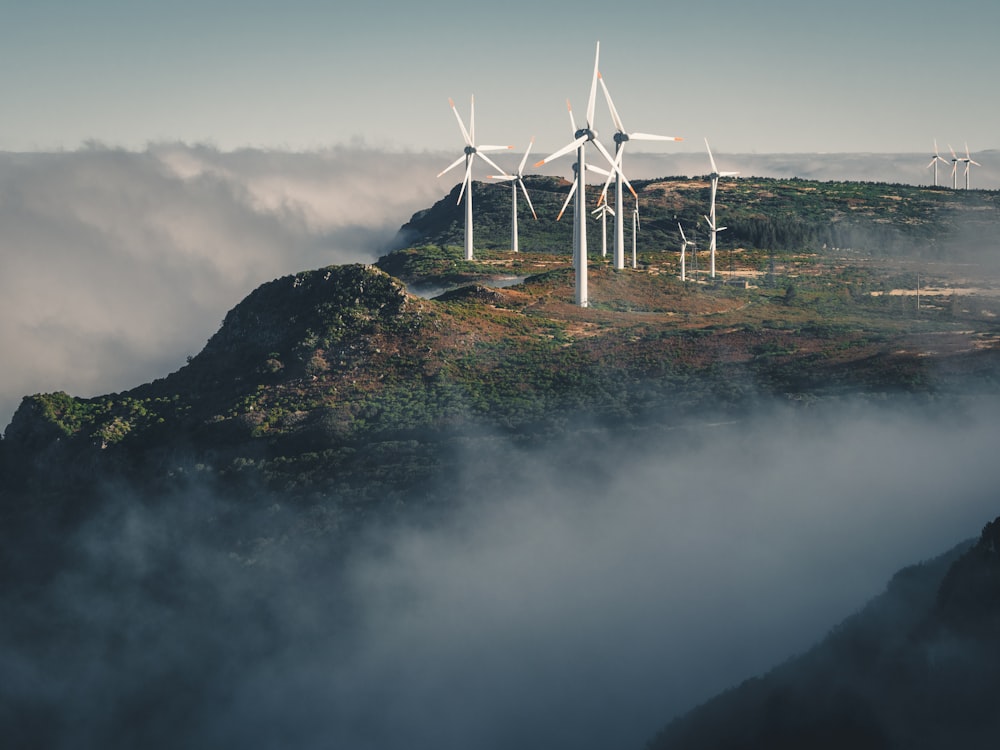
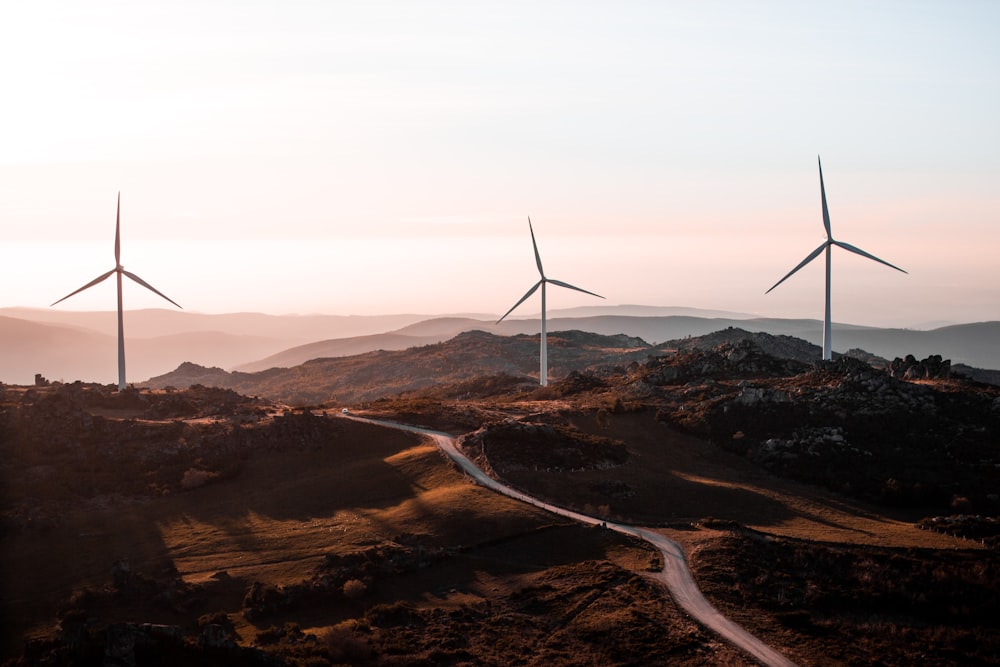
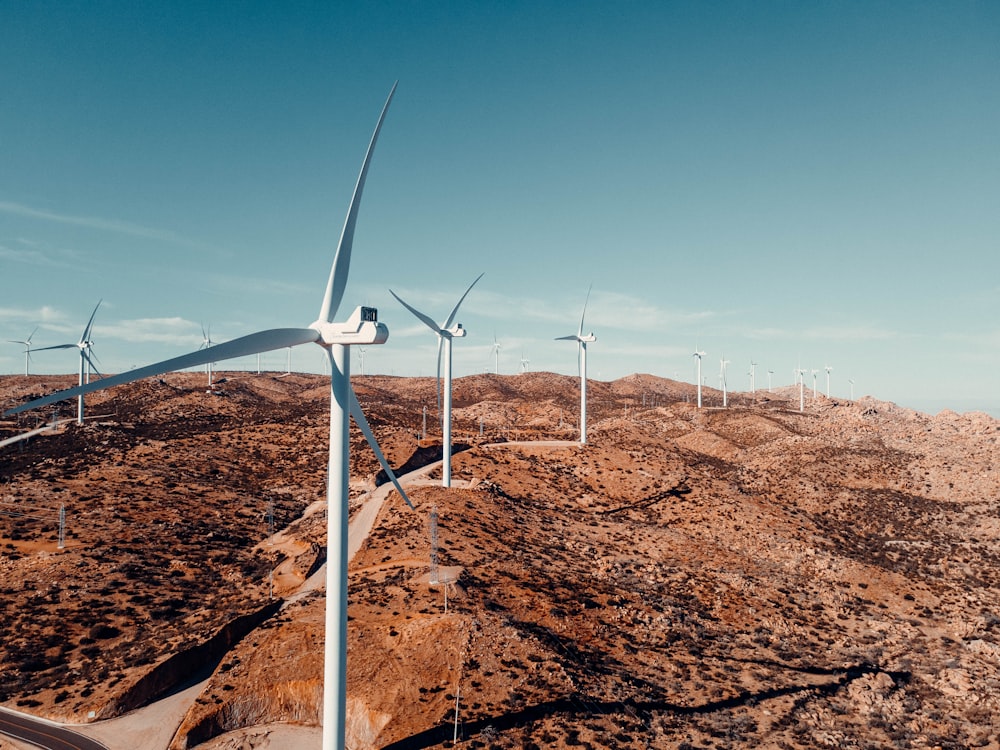
Among Cambodia’s renewable energy options, wind power has seen comparatively little exploration. Areas along the southern Tonle Sap River and its coast benefit from wind speeds of at least 5 meters per second, making them suitable for power generation. It is estimated that 3,665 GWh of electricity can be generated annually from wind turbines. Cambodia has a lot of potential resources, but it is difficult to make use of them. To begin, there is still a general lack of understanding about renewable power sources. There is a lack of data on the advantages of switching to renewable energy sources. The second issue is that investors and planners of projects view them as extremely risky. Low investment in this area is a result of this and the government’s lack of policies that encourage its growth. Third, the equipment needed to generate clean power is pricey and scarce. To encourage research into and deployment of renewable energy sources, the government unveiled the Renewable Energy Action Plan (REAP) and the Rural Electrification Master Plan (REMP) in 2003. The government has also significantly reduced import taxes on solar photovoltaic (PV) components, biomass, and solar water heating components. Nonetheless, development has been sluggish. It will take a more comprehensive and all-encompassing policy package to effectively promote clean energy development. The government should create a plan to expand the renewable energy sector and its associated markets, one that takes into account all relevant factors (such as technology, supporting infrastructure, and financing mechanisms). Renewable portfolio standards, green pricing, feed-in tariffs, net metering, and tradable renewable energy certificates are some examples of market-based instruments that could be used.


